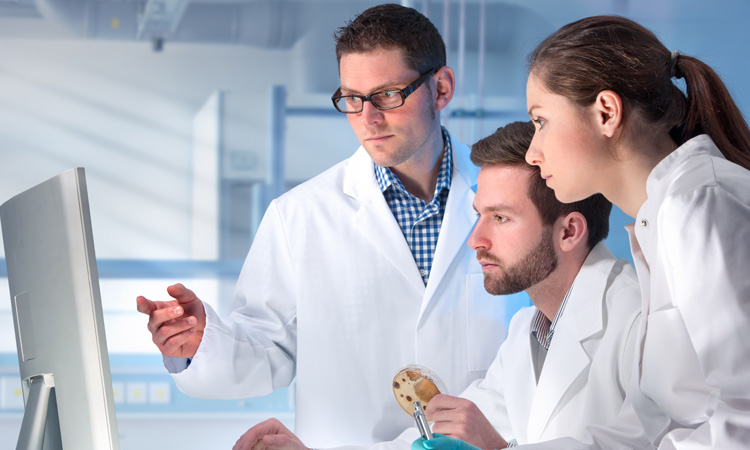Complying with ISO 16140-part 3
- Like
- Digg
- Del
- Tumblr
- VKontakte
- Buffer
- Love This
- Odnoklassniki
- Meneame
- Blogger
- Amazon
- Yahoo Mail
- Gmail
- AOL
- Newsvine
- HackerNews
- Evernote
- MySpace
- Mail.ru
- Viadeo
- Line
- Comments
- Yummly
- SMS
- Viber
- Telegram
- Subscribe
- Skype
- Facebook Messenger
- Kakao
- LiveJournal
- Yammer
- Edgar
- Fintel
- Mix
- Instapaper
- Copy Link
Posted: 23 July 2020 | Thermo Fisher Scientific | No comments yet
In a webinar, in association with Thermo Fisher Scientific, experts explained how to efficiently and successfully implement a new food testing method in accordance with ISO 16140-part 3.


The ISO 16140 standard method covering Microbiology of the food chain — Method validation, currently consists of three published standards:
- ISO 16140-1:2016 which provides the terminology
- ISO 16140-2:2016 which describes the ‘Protocol for the validation of alternative (proprietary) methods against a reference method’. This part is the basic one and applies to detection and enumeration methods
- ISO 16140-6:2019 which gathers the ‘Protocol for the validation of alternative (proprietary) methods for microbiological confirmation and typing procedures’ and, in that respect, complements the ISO 16140-2:2016.
Now, three additional standards have been developed to extend the ISO 16140 series, including the ISO 16140-3 on the ‘Verification of reference and validated alternative methods implemented in a single laboratory’. The ISO 16140-3 will be published by the end of 2020; it is most likely that Part 3 will become as known as the Part 2.
In addition to the ISO 16140 series, the ISO 17468:2016 provides the ‘Technical requirements and guidance on establishment or revision of a standardized reference’. A guidance document regarding the application of the ISO 16140-3 in the context of ISO 17025 is available to ensure a smooth transition.
In a recent webinar, three experts provided the links between the different standards on method validation and verification, and illustrated how to efficiently and successfully conduct an in-house verification study.
How to efficiently and successfully implement a new food testing method in accordance with ISO 16140-part 3
This webinar is available to watch on-demand at a time that suits you!
Standards documents on method validation and verification: From A to Z
The first part of the webinar set the scene, articulating between the ISO 16140 series, the ISO 17468:2016, and the Guidance document for the implementation of ISO 16140-3. The link to the ISO 17025 on ‘General requirements for the competence of testing and calibration laboratories’ was also explained. This specifies that “the laboratory shall verify that it can properly perform methods before introducing them by ensuring that it can achieve the required performance”. Until the ISO 16140-3 development, there was no ISO standard or technical guideline internationally accepted for that purpose. Of course, it is the responsibility of the accreditation bodies to look upon the ISO 16140-3 standard as normative. This is very likely to happen for laboratories who have an accreditation in food microbiology as the ISO 16140-3 standard is specifically developed to fill the gap.
A two-step approach for a proper method implementation and verification of detection methods
The scope specifies the (food) categories for which the method can be applied, and therefore, different scopes are distinguished:
- Scope of the method gathers the categories for which the method is applicable
- Scope of the method validation gathers the categories for which the applicability of the method is validated
- Scope of laboratory application gathers the categories for which the method is used by the end-user within the scope of the validation.
The method verification process according to the ISO 16140:3 gathers two steps, based on scopes ‘method validation’ and ‘laboratory application’. The first step, the implementation verification, aims to demonstrate the competence of the end-user to perform the method. This is achieved by their ability to obtain the expected results on one (food) item. The second step, the (food) item verification, aims to demonstrate the competence of the user laboratory to run the method with (food) items that are routinely tested. In that respect, the user laboratory shall select challenging items.
The second part of the webinar describes the various concepts for all types of methods, standards and proprietary methods, in order to determine estimated limits of detection (eLOD) and compare the generated data to the defined acceptability limits.
Listen on-demand to find out more!









